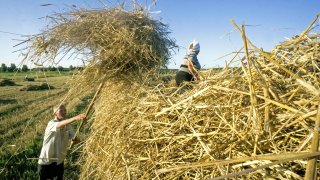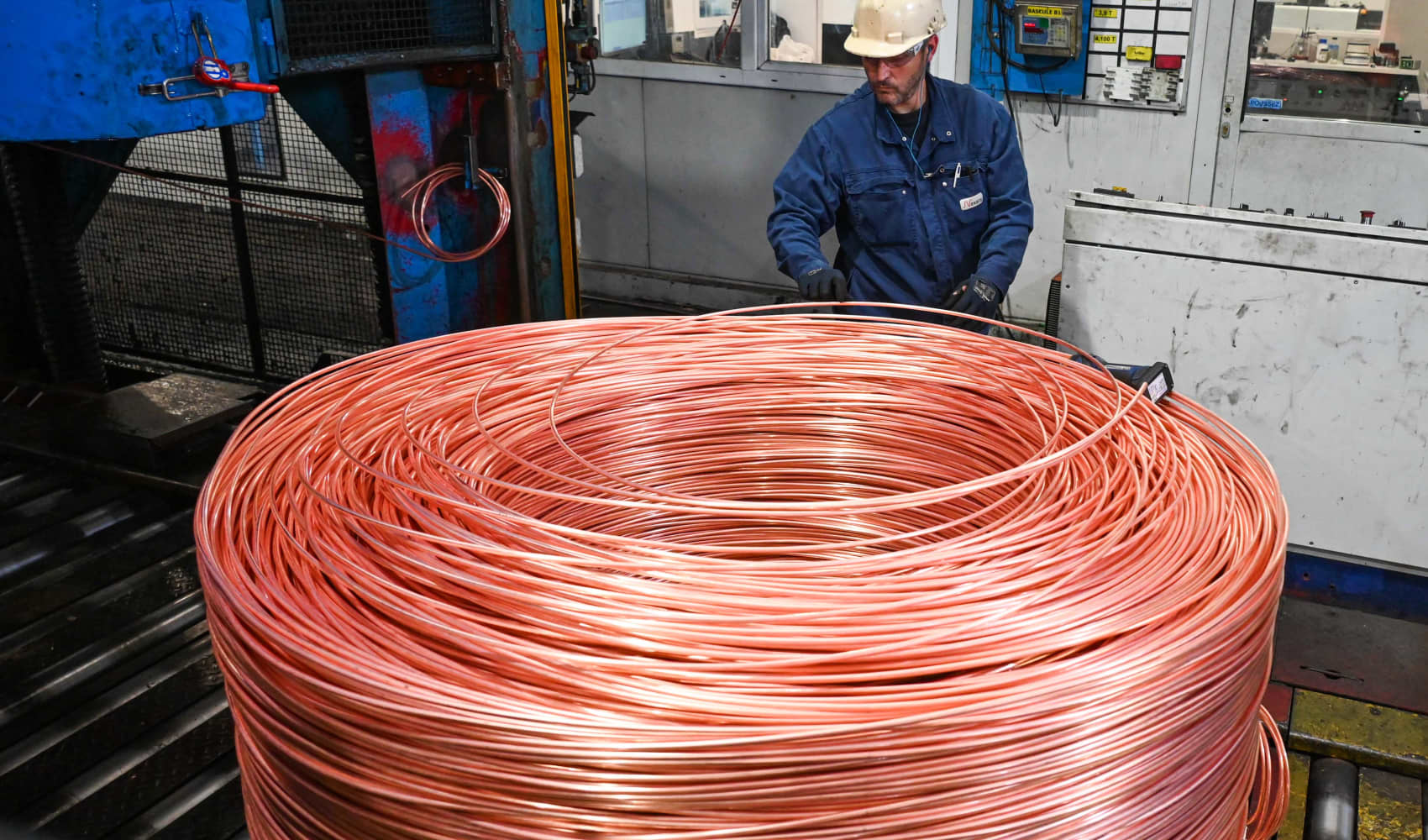
- Given the region's relatively high levels of dependence on energy and agricultural commodity imports, even if countries don't source directly from Russia or Ukraine, the spike in prices will be concerning, said the EIU.
- Russia has been a major source of weapons to China, India and Vietnam over the past two decades, the EIU pointed out.
- In other areas of vulnerability, Russian tourists may stay away.
From food prices to tourism and weapons supply, Asia-Pacific countries could be hit hard by the Russia-Ukraine war, even if they are not directly exposed to the conflict, according to a new Economic Intelligence Unit report.
Food prices are particularly sensitive to the war as both countries are significant commodity producers, according to the research firm. Some Asian countries rely on commodities such as fertilizer from Russia, and a global shortage is already driving up prices of agriculture and grains.
Given the region's relatively high levels of dependence on energy and agricultural commodity imports – even if countries don't source directly from Russia or Ukraine, the spike in prices will be concerning, warned the EIU.
"Niche dependencies include reliance on Russia and Ukraine as a source of fertiliser and grain in South-east and South Asia, which could cause disruption in the agricultural sector," said the firm.
The world's major powers have hit Russia with wide-ranging sanctions over Russia's unprovoked war on Ukraine. The U.S. has imposed sanctions on energy, while the U.K. plans to do so by the end of the year. The European Union is also considering whether to do the same.
Sanctions have also been slapped on the country's oligarchs, banks, state enterprises, and sovereign bonds.
Money Report
"North-east Asia — home to the world's leading chipmakers — also has some exposure to any disruption in the supply of rare gases used in semiconductor production," EIU said in its report.
Other areas that may be impacted include Russian tourists preferring to stay away, as well as some Asia-Pacific countries that may be cut off from Russian weapons.
Winners and losers from commodity spikes
Global prices for oil, gas and grains have already spiked since the war started in late February.
Russia and Ukraine contribute a significant percentage of the world's supply for some of those commodities.
Wheat futures pared some gains from the initial spike, but are still up 65% compared to a year ago. Corn futures are up over 40% in the same period.
Some countries will be vulnerable to the price surge, but others may benefit.
"There will be export benefits for some countries from higher commodity prices and a global search for alternative supply," said EIU.
Besides food and energy, nickel supply has also been hit as Russia is the world's third-largest supplier of nickel.
Countries that will benefit from higher commodity prices:
- Coal exporters: Australia, Indonesia, Mongolia
- Crude oil exporters: Malaysia, Brunei
- Liquefied natural gas: Australia, Malaysia, Papua New Guinea
- Nickel suppliers: Indonesia, New Caledonia
- Wheat suppliers: Australia, India
Countries most vulnerable to rising prices (imports from Russia/Ukraine as a percentage of 2020 world imports):
- Fertilizer: Indonesia (more than 15%), Vietnam (more than 10%), Thailand (more than 10%), Malaysia (about 10%), India (more than 6%), Bangladesh (nearly 5%), Myanmar (about 3%), Sri Lanka (about 2%)
- Cereals from Russia: Pakistan (about 40%), Sri Lanka (more than 30%), Bangladesh (more than 20%), Vietnam (nearly 10%), Thailand (about 5%), Philippines (about 5%), Indonesia (less than 5%), Myanmar (less than 5%), Malaysia (less than 5%)
- Cereals from Ukraine: Pakistan (nearly 40%), Indonesia (more than 20%), Bangladesh (nearly 20%), Thailand (more than 10%), Myanmar (more than 10%), Sri Lanka (nearly 10%), Vietnam (less than 5%), Philippines (about 5%), Malaysia (about 5%)
Russian arms
Russia is the world's second largest arms supplier. It has been a major source of weaponry for China, India and Vietnam over the past two decades, the EIU pointed out.
"International sanctions on Russian defence firms will impede the future access of Asian countries to these arms," the research firm said.
However, that will also create new opportunities for manufacturers from other countries, as well as domestic producers, the report said.
Countries most dependent on Russian arms imports from 2000-2020, ranked by share of total imports
- Mongolia (about 100%), Vietnam (more than 80%), China (nearly 80%), India (more than 60%), Laos (more than 40%), Myanmar (about 40%), Malaysia (more than 20%), Indonesia (more than 10%), Bangladesh (more than 10%), Nepal (more than 10%), Pakistan (less than 10%)
Loss of Russian tourists
While Asia's air routes are still open to Russian airlines, tourists from the country may not visit, the EIU pointed out.
"Tourism is the main potential exposure within services trade, and with Asian air routes still open to Russian airlines, unlike those in Europe, such trade could continue (and potentially expand)," the research firm said.
"However, the willingness of Russians to travel will probably be affected by economic disruption, rouble depreciation and the withdrawal of international payment services from Russia," it added.
Several Russian banks have also been cut out of SWIFT, a global system connecting more than 11,000 member banks in some 200 countries and territories globally.
Meanwhile, the ruble initially dived nearly 30% against the dollar as the war began. Since then, the currency has bounced back but was last trading about 10% lower than the start of the year, hurting the wallets of ordinary Russians.
However, the reliance on Russian tourists is still low in Asia.
Thailand was the largest beneficiary in the region in 2019, receiving 1.4 million Russian visitors, according to the EIU. Still, that accounted for only less than 4% of its total arrivals that year. Vietnam was second, while Indonesia, Sri Lanka and Maldives round up the top five Asian destinations for Russian tourists.
"Without the conflict, however, Russian tourism could have increased in importance, given ongoing curbs on outgoing Chinese travellers," said the EIU.






